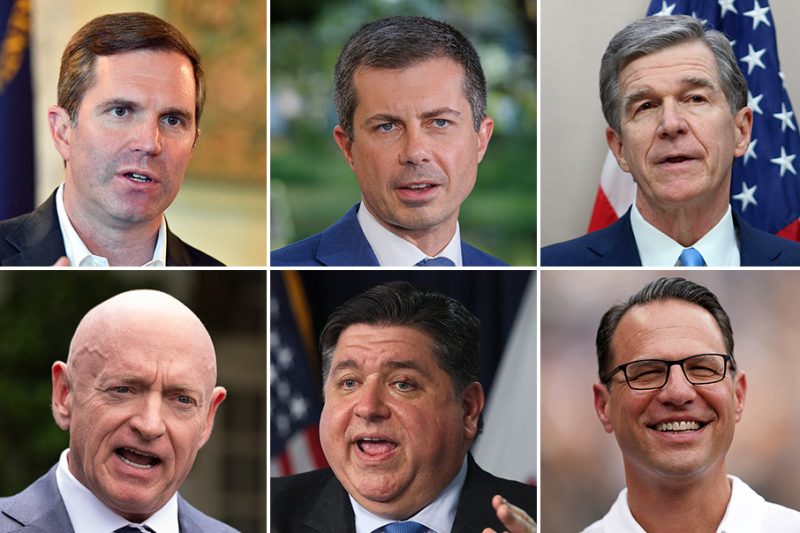In the world of politics, the selection of a vice president is often a topic of intense speculation and scrutiny. This process is even more significant when the presidential nominee is a woman of color like Kamala Harris. Many assume that Harris will choose a white man as her running mate, sparking a debate about diversity, representation, and political strategy.
The assumption that Harris must select a white man as her vice presidential nominee is deeply rooted in historical and social contexts. It reflects the historic lack of representation and participation of women and people of color in positions of power and influence. Harris, as the first woman of color on a major party’s presidential ticket, faces the burden of disproving the stereotypes and prejudices that limit the possibilities for women and minorities in leadership roles.
Furthermore, the belief that Harris needs a white man as her running mate is based on conventional wisdom about electoral politics. Some argue that in order to appeal to a broader and more conservative voter base, Harris needs a running mate who is perceived as less threatening or polarizing. A white man is often seen as a safer choice in this regard, as he may help balance the ticket and assuage the fears of some voters who may be wary of Harris’s race and gender.
Additionally, the assumption that Harris will choose a white man as her vice president reflects the ingrained biases and expectations that permeate American society. Despite progress in areas of diversity and inclusion, many people still harbor unconscious biases and stereotypes that influence their perceptions and decision-making processes. These biases may lead some to believe that a white man is a more appropriate or traditional choice for a vice president, reinforcing existing power structures and marginalizing underrepresented groups.
However, it is important to challenge these assumptions and expectations and consider the potential benefits of selecting a vice president who represents diversity and inclusivity. By choosing a running mate who brings a different perspective and background to the ticket, Harris can signal her commitment to addressing issues of equity and representation in American politics. Moreover, a diverse ticket may energize and mobilize a broader segment of the electorate, reflecting the rich diversity of the American population.
In conclusion, the assumption that Kamala Harris must choose a white man as her vice presidential nominee is a reflection of deep-seated prejudices, conventional beliefs about electoral politics, and societal biases. While these factors may shape perceptions and expectations, it is essential to challenge them and consider the importance of diversity and representation in leadership roles. Harris’s choice for her running mate will be closely watched and analyzed, serving as a barometer of progress and change in American politics.



























